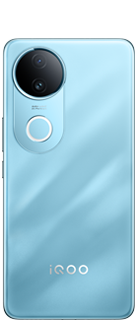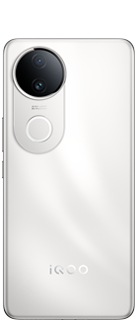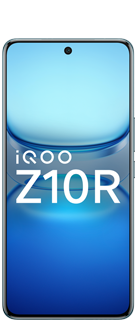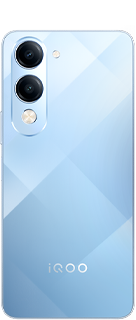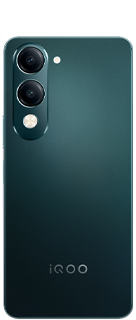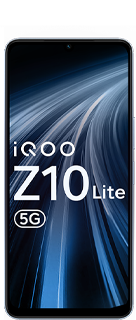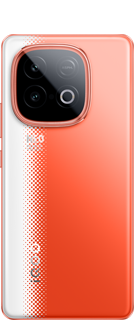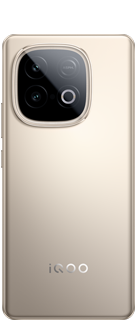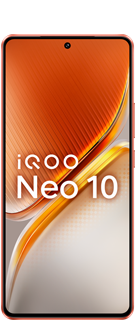Wearable health technology


Wearable health technology has become one of the most transformative innovations in the healthcare industry. These devices are not only popular among fitness enthusiasts but are increasingly used for clinical purposes, helping monitor, manage, and even predict health issues. Here’s a detailed look at the current state of wearable health tech:
1. Types of Wearable Health Devices
-Fitness Trackers: These are the most common wearables, tracking physical activity, heart rate, sleep patterns, and calories burned. Examples include Fitbit, Garmin, and Xiaomi Mi Band.
Smartwatches: Beyond timekeeping, devices like the Apple Watch and Samsung Galaxy Watch monitor heart rate, ECG, blood oxygen levels, and can even detect falls.
Medical Wearables:These include devices specifically designed for medical use, such as continuous glucose monitors (CGMs) for diabetes management, and wearable ECG monitors like the KardiaMobile.
Wearable ECG Monitors: These devices monitor heart activity and detect irregularities such as atrial fibrillation (AFib). The data can be shared with healthcare providers for diagnosis and treatment.
Wearable Blood Pressure Monitors: These are designed to provide continuous or on-demand blood pressure readings. Omron's HeartGuide is an example, resembling a smartwatch that measures blood pressure from the wrist.
2. Key Features and Functions
Continuous Monitoring: Many wearables provide real-time, continuous monitoring of vital signs, which can be crucial for patients with chronic conditions. For example, continuous glucose monitors (CGMs) track glucose levels throughout the day and night, alerting users to highs and lows.
Data Analysis and AI Integration: Modern wearables often include AI-powered analytics, offering insights into trends and patterns in the wearer’s health data. This can help predict health events, such as an impending heart attack or stroke, and provide early warnings.
Integration with Health Apps:Wearables typically sync with smartphone apps, where users can view and analyze their health data. These apps may also connect to healthcare providers, enabling remote patient monitoring and telehealth services.
Biometric Authentication: Some wearables use biometric data (e.g., heart rate variability) for secure authentication, enhancing data security and privacy.
3. Clinical Applications
Remote Patient Monitoring: Wearable health devices are increasingly used in remote patient monitoring (RPM) programs, especially for managing chronic diseases such as diabetes, heart disease, and hypertension. They enable healthcare providers to monitor patients outside of clinical settings, reducing the need for frequent office visits.
Postoperative Care: After surgery, patients can use wearables to monitor vital signs like heart rate, oxygen saturation, and physical activity. This data helps healthcare providers ensure proper recovery and detect complications early.
Mental Health Monitoring: Newer wearables are incorporating features to monitor mental health, tracking factors like stress levels, sleep quality, and even signs of depression or anxiety through physiological indicators.
4. Technological Innovations
Biosensors: Advances in biosensor technology are allowing wearables to monitor a wider range of biomarkers. For instance, some wearables can now measure hydration levels, lactate levels, and even early signs of infection.
Flexible and Skin-Integrated Electronics:* Researchers are developing ultra-thin, flexible wearables that can be integrated directly into the skin, offering more comfortable and continuous monitoring. These devices could potentially monitor vitals like temperature and hydration, and even deliver medications.
-
Battery and Power Innovations:
Improving battery life and energy efficiency is a key focus, with some wearables using solar power, kinetic energy, or wireless charging to extend usage time.
5. Challenges and Considerations
Data Privacy and Security: With the vast amount of sensitive health data collected, ensuring privacy and security is a significant concern. Wearable manufacturers and app developers must comply with regulations like HIPAA (in the U.S.) to protect user data.
Accuracy and Reliability:While wearables have made great strides, ensuring the accuracy of data, particularly for medical purposes, remains a challenge. Devices must undergo rigorous testing and FDA approval for clinical use.
User Adoption and Engagement: For wearable health tech to be effective, users need to consistently wear and interact with the devices. Designing user-friendly interfaces and providing actionable insights are key to maintaining engagement.
Cost and Accessibility: High-end wearables can be expensive, limiting access for some populations. However, as technology advances, costs are expected to decrease, making these devices more widely available.
6. Future Trends
Wearables as a Diagnostic Tool: The future could see wearables playing a more active role in diagnostics, with capabilities to detect early signs of conditions like Parkinson’s, Alzheimer’s, or even certain cancers.
Interoperability and Integration: As the healthcare ecosystem becomes more connected, there will be a push for wearables to seamlessly integrate with other medical devices, electronic health records (EHRs), and health information systems.
Personalized Medicine:Wearables are expected to play a crucial role in the move toward personalized medicine, providing data that can be used to tailor treatments and interventions to individual patients based on their unique health profiles.
Wearable health technology is poised to continue growing in importance, potentially revolutionizing how we monitor and manage health, both for individuals and healthcare systems.
Thank you
Your Qool Quester
Ayush pandey
Please sign in
Login and share
